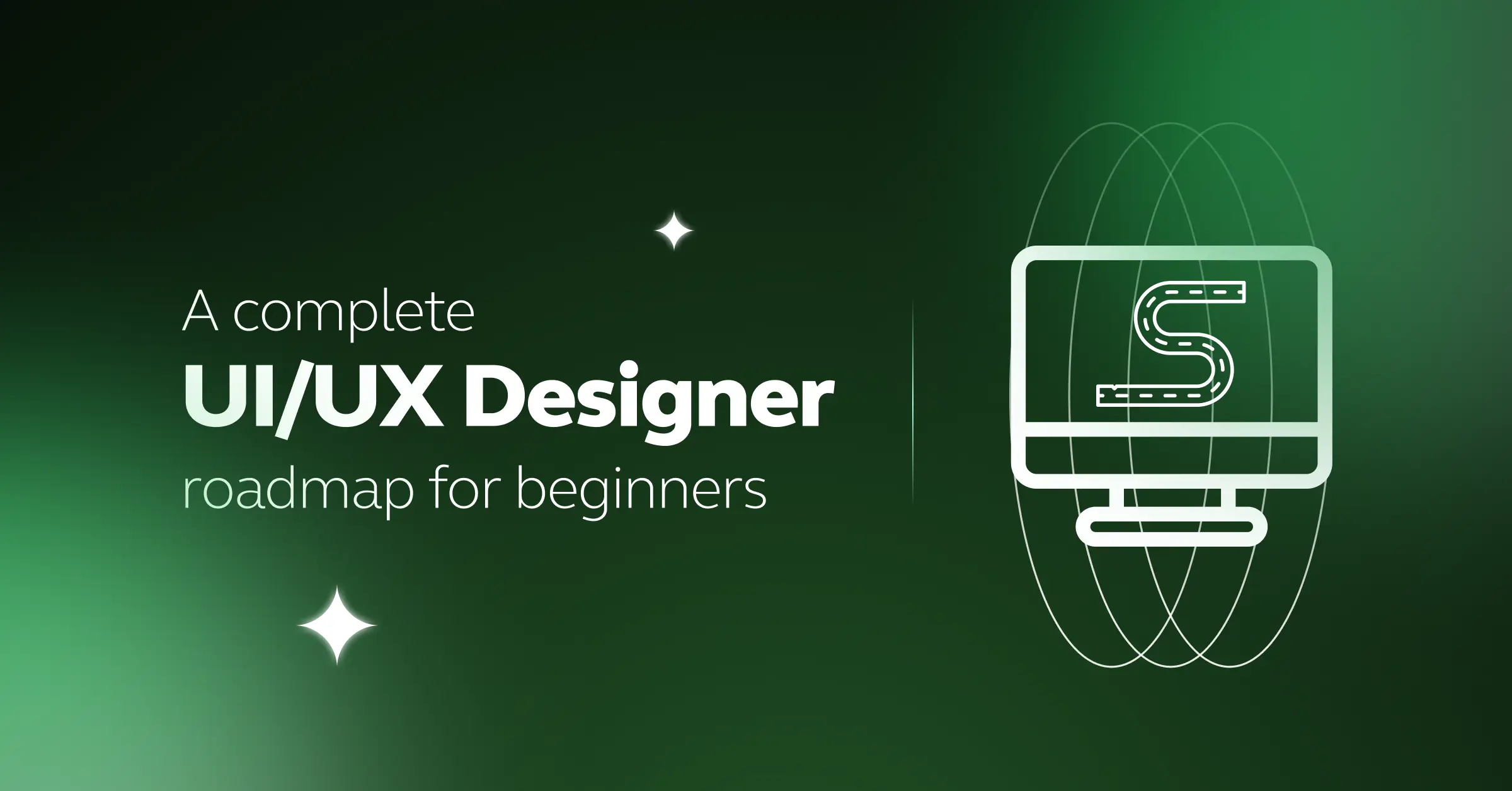
A Complete UI/UX Designer Roadmap for Beginners
Sep 30, 2024 4 Min Read 9778 Views
(Last Updated)
Do you want to pursue a career in UI/UX design? If so then you must’ve been confused by the abundance of information that is out on the internet. Choosing to become a UI/UX designer is easy but what’s tough is to create a way to do it.
But worry not, you’ve come to the right place. This comprehensive guide will provide you with a UI/UX designer roadmap to become successful in the field. Whether you’re a beginner or an experienced designer looking to level up your skills, this design pathway will provide you with the necessary steps to achieve your goals.
Table of contents
- Top Technologies to Become a UI/UX Designer in India
- What Does a UI/UX Designer Do?
- Complete UI/UX Designer Roadmap
- UI/UX Fundamentals
- Key Tools for UI/UX Design
- Create projects on UI/UX
- Conclusion
- FAQ
Top Technologies to Become a UI/UX Designer in India
UI (User Interface) and UX (User Experience) design are two crucial components of the overall design process when creating digital products, such as websites, mobile applications, and software interfaces. While they are distinct fields, they work hand in hand to deliver a seamless and enjoyable user experience.
A UI/UX designer is a professional who specializes in both User Interface (UI) design and User Experience (UX) design. They play a vital role in creating digital products that are visually appealing, easy to use, and provide an excellent user experience.
To become a successful UI/UX designer in India, it is important to stay updated with the latest technologies. Here are some top technologies that can enhance your skills and boost your career prospects:
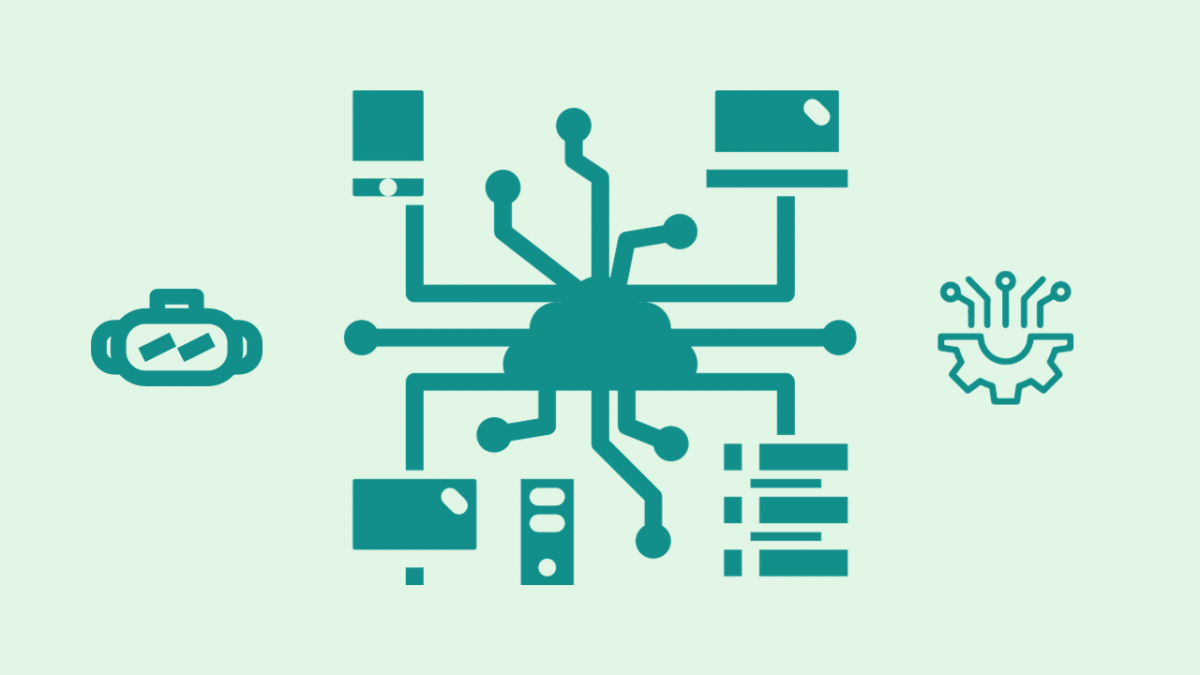
- Augmented Reality (AR): Incorporating AR into UI designs can provide users with more immersive and interactive experiences. This technology is already being used in various applications, such as real-time face filters and virtual try-on features in shopping apps.
- Data and Cloud Computing: Understanding data analytics and cloud computing is essential for UX designers. The serverless computing model is gaining popularity, allowing businesses to have greater control over their cloud-hosting costs. Cloud-based tools also facilitate collaboration and remote work.
- Machine Learning and AI: Machine learning and AI technologies are transforming UX design by enabling personalization and customization without explicit user input. Voice-first communication is also becoming more prevalent, which may require voice interaction designers to adapt their skills.
As we proceed to the next phase, make sure you understand the fundamentals of UI/UX, which includes heuristic analysis, journey maps, testing, etc. If you want to explore more about it, join GUVI’s UI/UX Course with Placement Assistance. You’ll also learn about the tools used in UI/UX which are AdobeXD, Illustrator, Photoshop, Figma, and many more. Build some amazing real-time projects to get hands-on experience.
Also, if you want to explore Figma through a Self-paced course, try GUVI’s Figma certification course.
What Does a UI/UX Designer Do?
A UI/UX designer is responsible for creating user-friendly and visually appealing interfaces for digital products such as websites, mobile applications, and software. They focus on enhancing the user experience by designing intuitive and engaging interfaces that meet the needs and expectations of the target audience.
UI design involves designing the layout, color scheme, typography, and visual elements, while UX design focuses on the overall user journey, information architecture, interaction design, and usability testing. UI/UX designers collaborate with developers, stakeholders, and other team members to ensure the final product meets the desired goals and user requirements.
Complete UI/UX Designer Roadmap
As the name suggests, a roadmap is a way in which you can reach your destination. In this case, your destination is to become a UI/UX designer and I set out a roadmap that you can follow to achieve it.
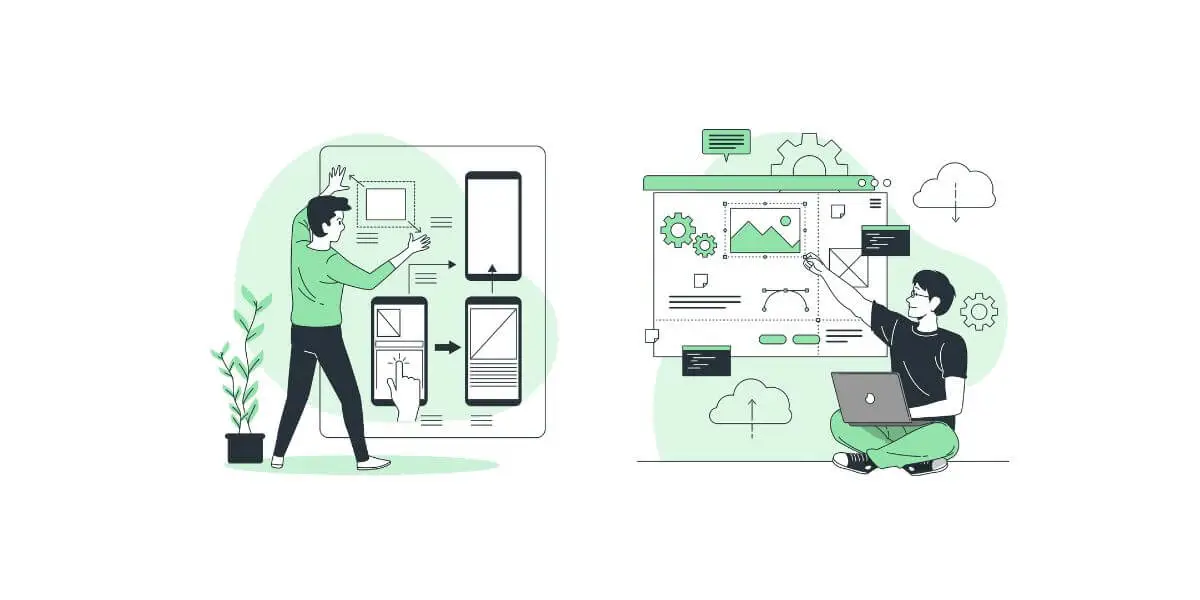
UI/UX Fundamentals
User Interface (UI) and User Experience (UX) are two essential components of modern design that play a crucial role in shaping how users interact with digital products and services. In this section, I will be explaining the fundamentals of UI UX but this won’t be enough. In order to gain a clear understanding, it is mandatory for you to take up a course in UI UX and complete it to know all about the domain.
Let’s explore UI and UX fundamentals in detail:
- Visual Design: This involves selecting appropriate colors, typography, icons, and images that align with the product’s brand and purpose. Consistency in design elements across the product is vital to establishing a cohesive look.
- Layout: The arrangement of elements on the screen is crucial for easy navigation and understanding. Elements should be organized logically, with a clear hierarchy that guides users through the content.
- Typography: Choosing readable fonts and using proper text formatting is essential for readability and comprehension. It’s important to consider font size, line spacing, and contrast.
- Responsive Design: With the proliferation of different devices, UI should adapt to various screen sizes, resolutions, and orientations, providing a consistent experience across platforms.
- User Research: Understanding the target audience, their preferences, pain points, and behaviors is the foundation of a successful UX. Techniques like surveys, interviews, and user testing are used to gather insights.
- User Personas: Creating fictional representations of target users helps in keeping the user’s perspective in mind during the design process.
- Feedback and Iteration: Gathering user feedback through usability testing and analytics allows designers to identify pain points and make improvements iteratively.
- Emotional Design: UX also considers the emotional aspect of the user experience. Design elements and interactions should evoke positive emotions and create a connection with the users.
Key Tools for UI/UX Design
There are several key tools that are commonly used in UI/UX design. These tools help designers create user-friendly and visually appealing interfaces, as well as enhance the overall user experience. Let’s explore each of these tools in detail:
- User Testing Tools: User testing tools allow designers to gather feedback and insights from real users. These tools help in understanding user behavior, preferences, and pain points. Some popular user testing tools include UserTesting, Hotjar, and Maze.
- Wireframing Tools: Wireframing tools are used to create low-fidelity visual representations of a design concept. They help in outlining the structure and layout of a user interface. Some commonly used wireframing tools are Balsamiq, Sketch, and Adobe XD.

- Prototyping Tools: Prototyping tools enable designers to create interactive and high-fidelity prototypes of their designs. These tools allow users to experience the functionality and flow of the interface. Examples of popular prototyping tools include Figma, InVision, and Axure RP.
- Visual Design Tools: Visual design tools are used to create visually appealing interfaces with attractive graphics, colors, and typography. These tools help in enhancing the aesthetic aspects of a design. Some widely used visual design tools are Adobe Photoshop, Adobe Illustrator, and Sketch.
It’s important for designers to choose the tools that best suit their specific needs and complement their workflow. These tools can greatly assist in improving the UI/UX design process and creating exceptional user experiences.
Create projects on UI/UX
Here are some example projects for practicing UI/UX design:
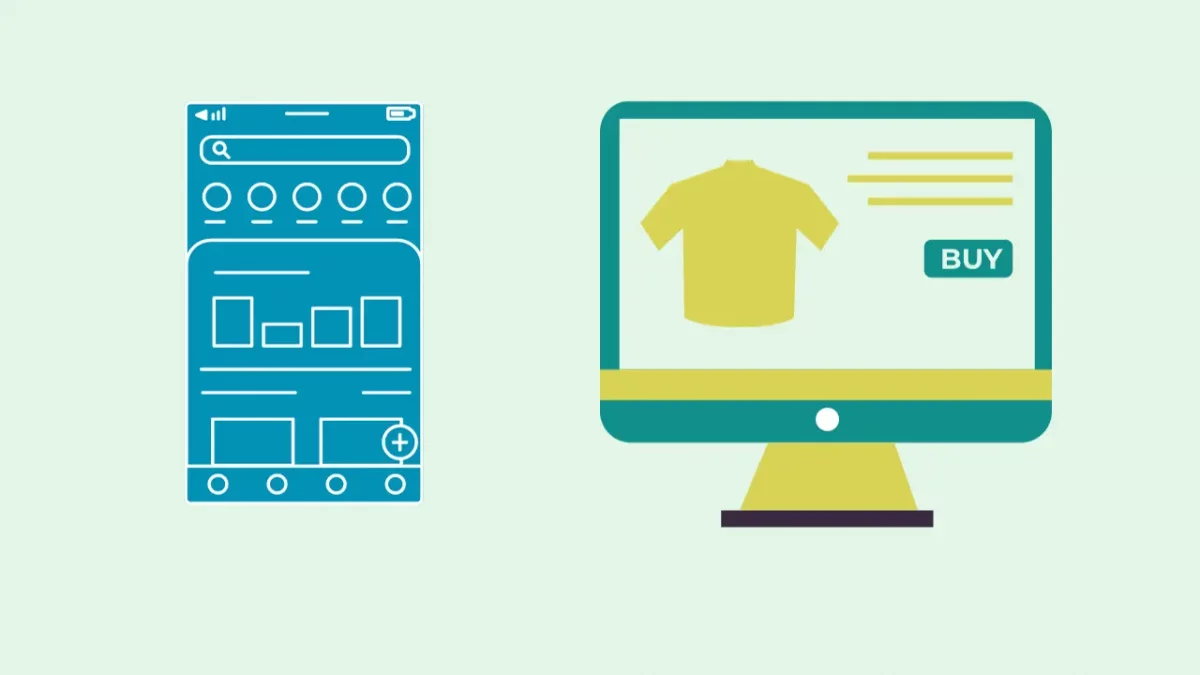
- Mobile App Redesign:
Pick an existing mobile app (e.g., social media, weather, news) and redesign its user interface to improve the overall user experience. Focus on making the app more intuitive, visually appealing, and user-friendly. - Website Landing Page:
Design a landing page for a product or service of your choice. Consider the layout, color scheme, typography, and calls to action to create an engaging and conversion-focused landing page. - E-Commerce Website:
Design an e-commerce website that includes product listings, search functionality, product detail pages, and a checkout process. Pay attention to the user flow and make the shopping experience as smooth as possible. - Dashboard Design:
Create a dashboard for data visualization, analytics, or project management. Design an intuitive interface with meaningful data representations, filters, and interactions. - Wearable Device Interface:
Imagine a user interface for a wearable device like a smartwatch or fitness tracker. Consider the limited screen space and design interactions that work well on small displays. - Social Media Platform:
Create a design for a new social media platform with innovative features. Think about how users will interact, share content, and connect with others.
Kickstart your UI/UX journey by enrolling in GUVI’s UI/UX Course where you will master technologies like AdobeXd, Illustrator, and Figma, and build interesting real-life UI/UX projects.
Alternatively, if you would like to explore Figma through a Self-paced course, try GUVI’s Figma’s certification course.
Conclusion
In conclusion, the UI/UX roadmap serves as a valuable guide for designers and developers seeking to create exceptional user experiences. By understanding the fundamentals of UI/UX design, designers can explore new possibilities and enhance their design process.
The UI/UX roadmap is a dynamic journey that empowers designers to create meaningful and impactful experiences for users across various platforms and devices. So, embrace the roadmap and embark on a path of continuous improvement and innovation in the world of UI/UX design.
FAQ
-
What is UI/UX, and why is it important?
UI (User Interface) refers to the visual and interactive elements of a digital product, while UX (User Experience) is the overall experience users have while interacting with the product. It is essential because a well-designed UI/UX can significantly impact user satisfaction, engagement, and retention.
-
How do I start my journey in UI/UX design?
Begin by learning the fundamental design principles and user-centered design concepts. Take online courses, watch tutorials, and practice by working on personal projects. Building a portfolio to showcase your work is essential.
-
What are some popular UI/UX design tools?
Some widely used UI/UX design tools include Adobe XD, Sketch, Figma, InVision, and Axure RP. These tools help designers create wireframes, prototypes, and mockups.
-
What is the design thinking process, and how does it apply to UI/UX?
Design thinking involves empathizing with users, defining the problem, ideating solutions, prototyping, and testing. It is a human-centered approach that helps create innovative and user-centric UI/UX solutions.
-
What are the career prospects for UI/UX designers?
The demand for UI/UX designers is continuously growing across various industries, including technology, e-commerce, healthcare, and finance. A skilled UI/UX designer can find opportunities in design agencies, startups, and large corporations.

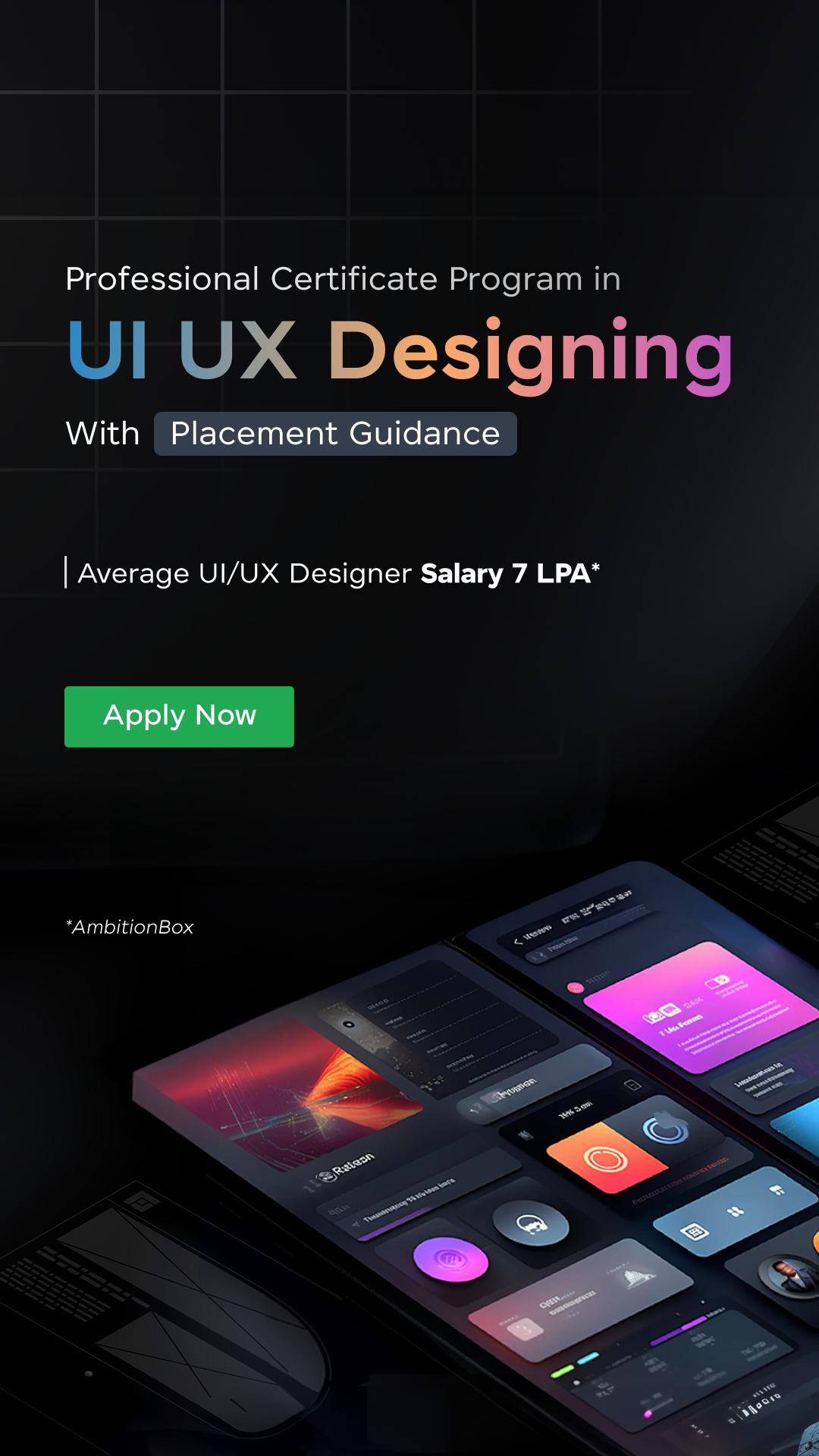







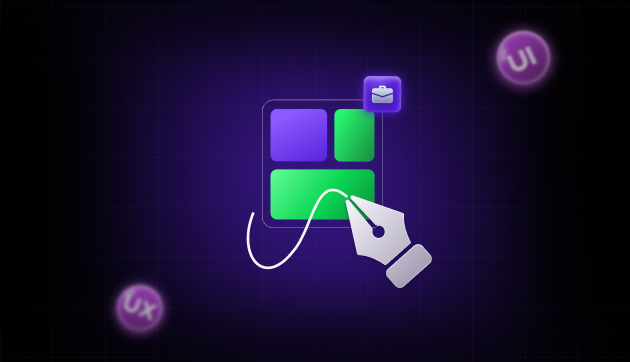

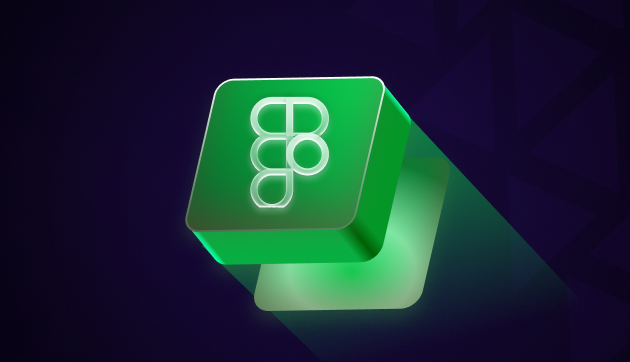
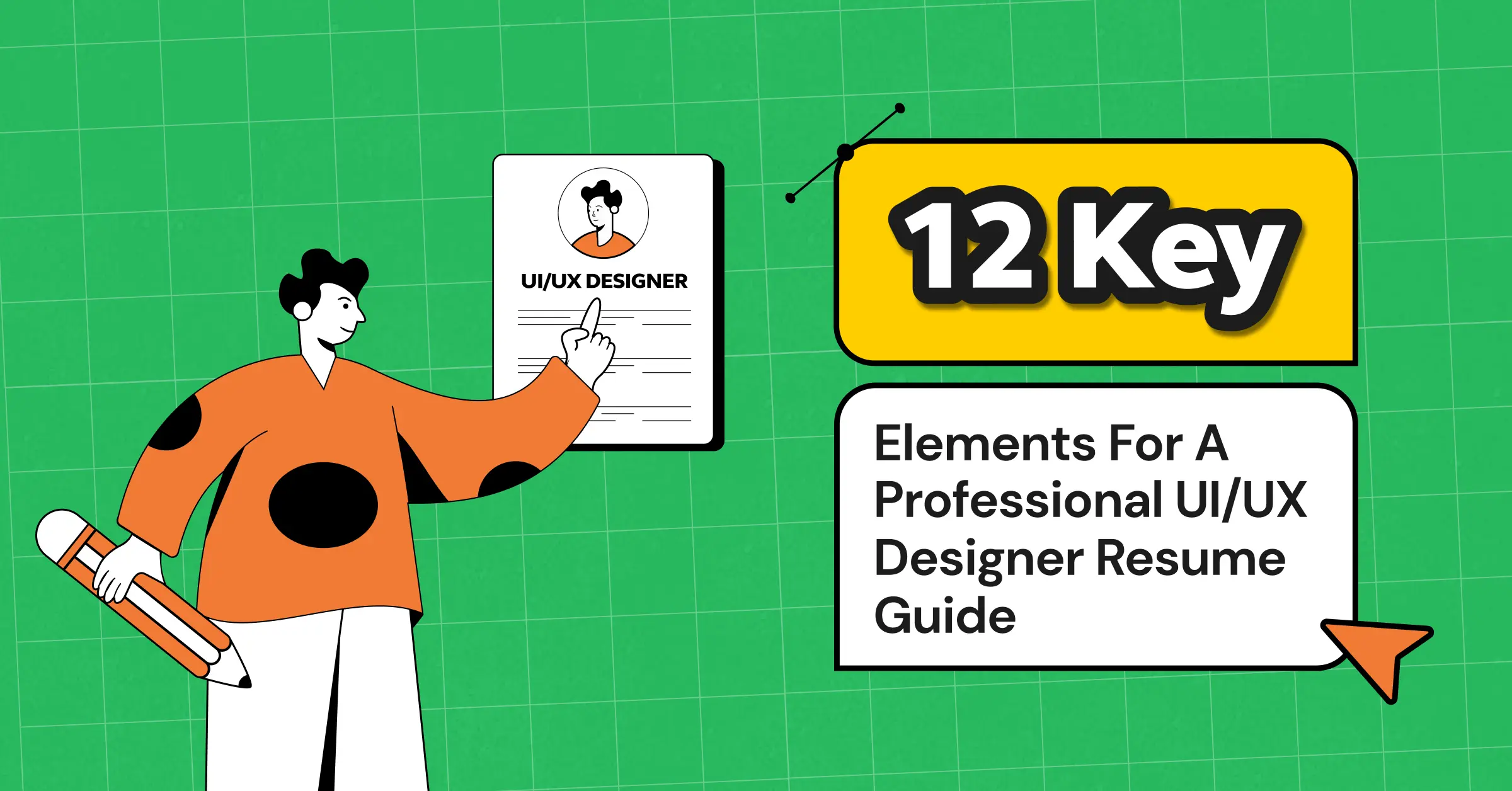
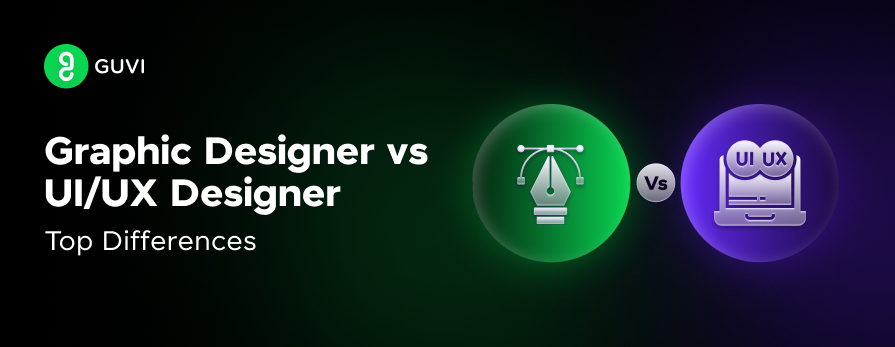
![Wireframe vs. Mockup vs. Prototype: Top Differences [2024] 8 wireframe vs. mockup vs. prototype](https://www.guvi.in/blog/wp-content/uploads/2023/12/Wireframe-vs.-Mockup-vs.-Prototype_-Top-Differences-feature-image.png)

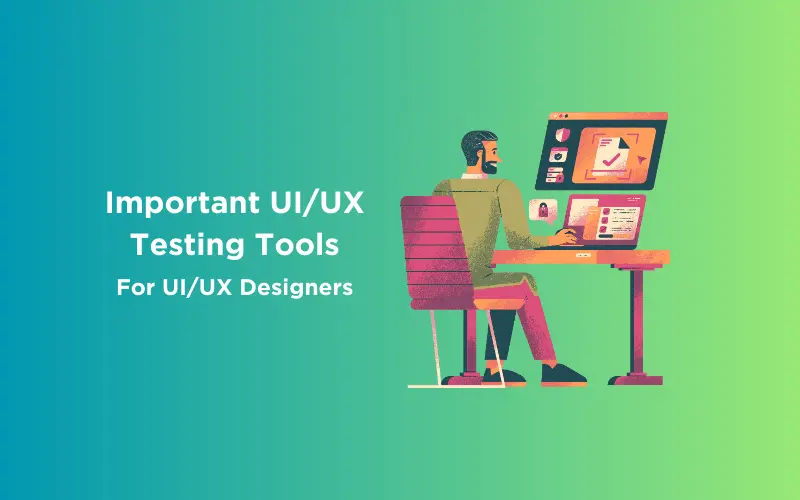
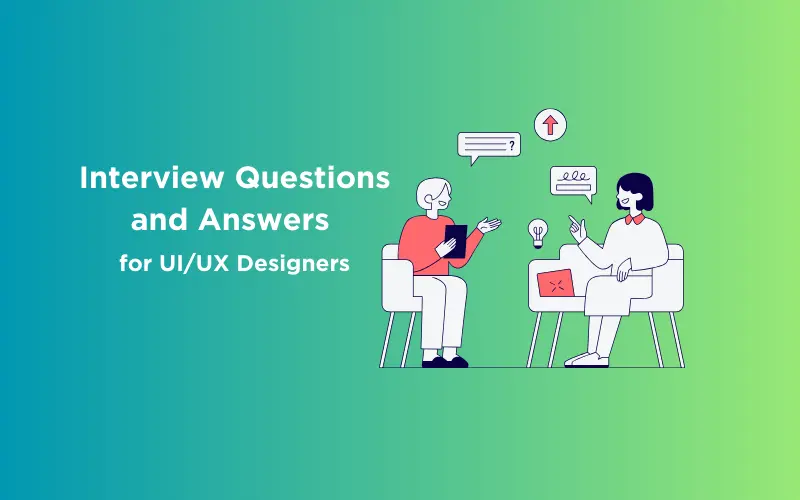
Did you enjoy this article?